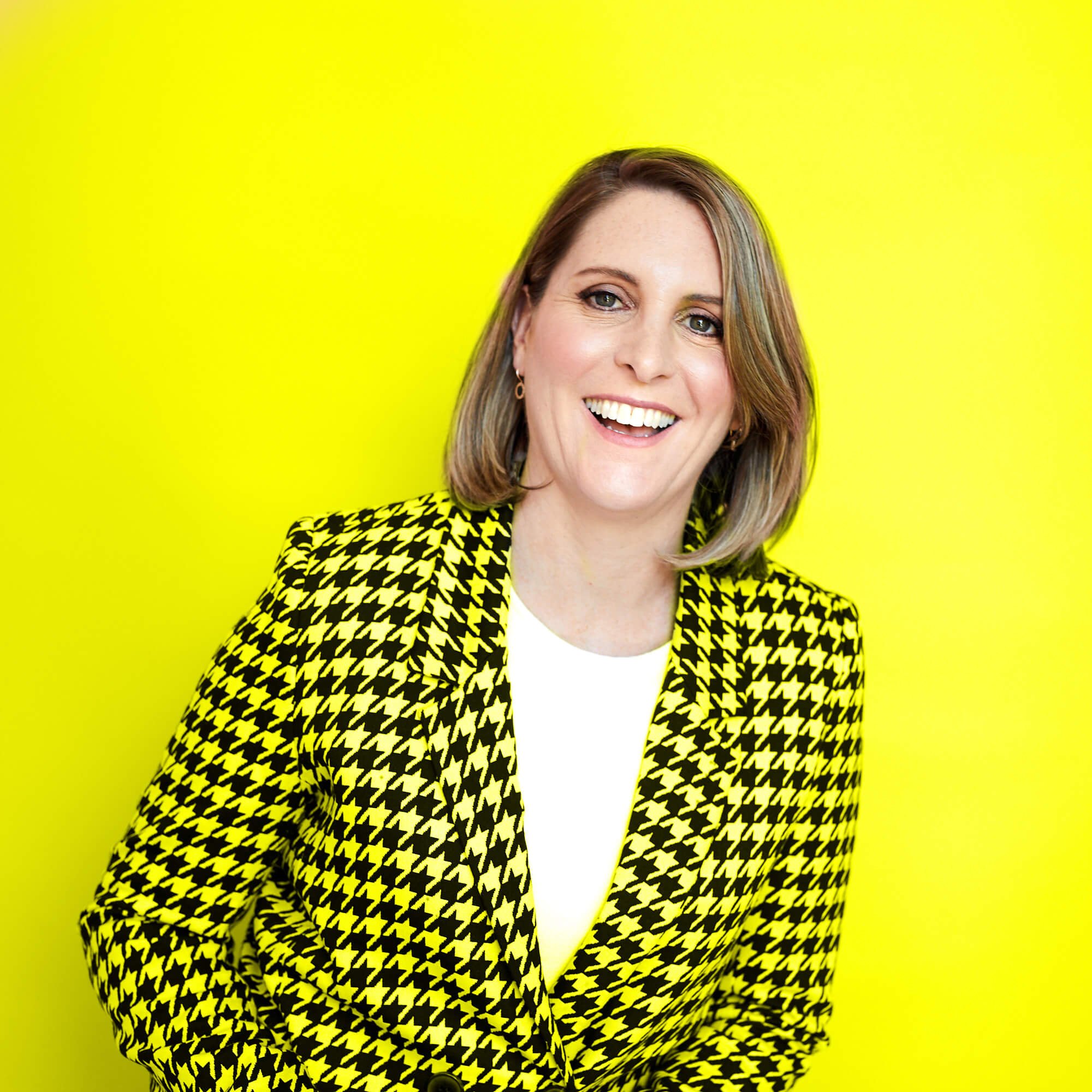I'll be the first to admit that I've made a career out of reassuring my clients my team can do the things they can't. When you boil it down, that's always been an agency's entire business model. So how did we arrive at a place where I'm actively encouraging, recruiting, onboarding, training, and supporting my clients to produce creative marketing content?
Agencies say they want to be a partner rather than a vendor. But we rarely act like it.
Vendors sell, and partners help. That's the ‘pub test' for client-agency relationships. Yes, you can (and should) charge a fee for helping your clients, but you've got to be genuine about helping them first, rather than gatekeeping skills and knowledge in order to preserve revenue. The eureka moment for us at Splendid Group came when we took a step back from re-designing our agency model and decided to think about our agency as part of our client's business model. What would we look like if we genuinely wanted to help them create better content? We'd treat them like part of the creative team and teach them to use content creation tools. But that's crazy, right? Well, it used to be.
Here's what's different this time:
The technology is so much better. Actually, that's only half the story. This better tech is also much easier to use. The compromise between usability and power is no longer the brutal, binary choice between learning complex software or settling for simplistic (and often awful) output.
I'd like to take a moment to congratulate Powerpoint* for prompting this revolution. While very few capital D Designers consider it a design tool, PPT has been quietly riding that boundary between power & usability for years, although confined largely to the corporate* and education worlds. For consumers, iMovie was probably the original ‘great equaliser'. Then Wix and Squarespace did it for web design. Canva is the obvious, and most recent, giant-killer for layouts, prompting Adobe to re-think its entire entry-level toolset while also prompting a raft of innovative new web-based video production toolsets, including Riverside, Welder, Vouch and Australia's own StudioBucket.
The ‘secret sauce' for these tools are their template ecosystems – 3rd party plug-ins, add-ons, libraries and building blocks that remove the burden of ‘origination' and put the focus on adaptation and customisation.
The most successful of these ecosystems are the ones that help you look good. Almost like a partner, rather than a vendor, if you know what I mean!
Here's why it's looking like it's going to work for clients:
Technology aside, there are several other factors at play that give me optimism for this collaborative client-agency creative model.
- Cost efficiency – by harnessing the ‘democratisation power' of these tools for our clients, they can quickly reach the break-even point for content creation each quarter, after which the bulk of their content becomes effectively ‘free'.
- Brand safety – when set up correctly, these tools provide safety guardrails for brands and an ‘approved environment' for talent to create within. You can't break anything and it's hard to make work that's legitimately damaging for a brand.
- Talent development – any workplace that offers this kind of safety automatically builds confidence and trust. Those are the vital ingredients to encourage client-side talent to thrive.
Here's why it's looking like it's going to work for agencies:
Why on earth would I teach my clients to do the jobs that I charge them to do? Aren't I just training myself out of relevancy (and employment)? It sounds counter-intuitive, but we're already seeing the benefits, both in terms of dollars and talent.
- Our clients preserve ‘working dollars' for more important campaigns – the reality is that the constant stream of ‘content' a marketing org needs to produce has to happen, one way or another. We're deluding ourselves if we think some marketing dollars aren't leached out every quarter to support that activity. When we help our clients put their content through a more cost-effective model, they can focus their campaign dollars with us, on the most impact-effective work.
- We can focus our pro-level design talent on those important campaigns – nothing burns out ‘creative professionals as consistently as monotony. Stress? We can handle. Pressure? We call that motivation. Challenges? That's what we signed up for, baby. But throw us in a bottomless pool of resizes, adaptations, templates and formats and eventually, we'll drown. This model puts the right creative work with the most appropriate talent.
- It extends our re-think of the relationship between client and agency – at Splendid Group, we've already been using the idea of ‘adaptive swim lanes' with our clients for some time, stepping in as project managers, marketing managers or even as fractional CMOs when they need us to. The rise of remote and distributed work has also made it easier to think through these more fluid structures. If we're reaching across the aisle to do more marketing manager work, it makes sense to have them reach back and assist with creative production where appropriate.
The way I see it, I'm recruiting, onboarding, training, and encouraging a cohort of new talent for my creative department. They just happen to work for my clients' organisation (and my client pays their salaries), but we're still working together to put better-looking, more polished, and effective creative work in the market.
We've dubbed this new model the Splendid Studio, but we don't think of it like a traditional production studio—more like a yoga studio or fitness studio. A place you come to select the appropriate equipment, learn new skills, train to improve and get encouraging feedback. Our studio doesn't create more content. We develop better content creators.
Clients are looking for change to their marketing model, not necessarily new agency models.
New skills, new attitudes, new business models and—crucially—a raft of new and evolving ‘creator' toolsets are making this bold new experiment in client-agency relationships look more and more like a template for sustainable commercial creative collaboration.
Am I dreaming? Have I sold out my profession? Will I have my Creative Director's licence revoked for sharing guild secrets? Will the new client-side members of my Creative Team end up making me redundant? Or are we closer to becoming true creative partners with our clients? Let's find out.
- * While we're at it, I'd also like to point you (see what I did there?) to a brilliant book on the subject of PowerPoint.
- **BTW, this template-driven, user-friendly, WSIWYG approach has entered the chat in the corporate space, in a big way. A slew of low-code development and workflow platforms, such as Power Apps and Service Now, are already eating the big ERP software vendor's lunch.
Latest.

AI adoption failing isn’t the tech, it’s the people. How smart businesses overcome this.
Technology, Thought Leadership, Industry Trends

Temp-to-perm is the best way to hire today.
Hiring Insights

How to keep top talent: Strategies for successful onboarding
Hiring Insights, Ask Aquent, Training Resources



